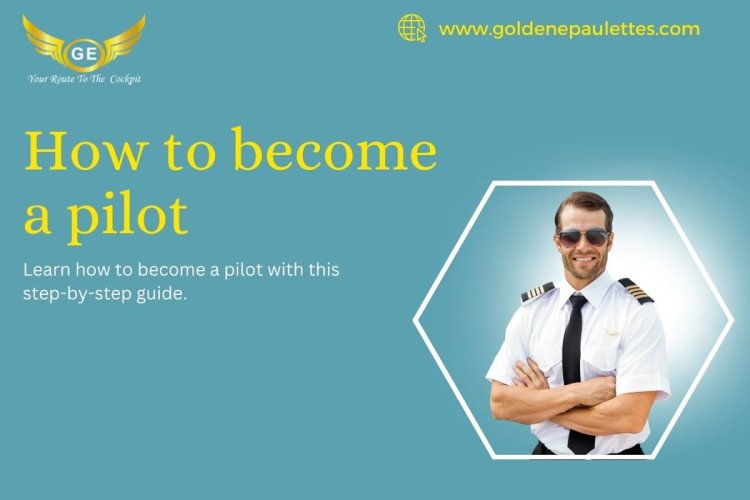How to Become a Pilot After Graduation: A Guide for Aspiring Aviatoars
Have you completed your graduation and now dream of becoming a pilot? Whether you hold a degree in science, commerce, or arts, you can still pursue aviation as a career. Understanding how to become a pilot after graduation requires following a structured path that includes flight training, licensing, and career planning. This guide will take you through the essential steps to turn your dream into reality.

How to Become a Pilot After Graduation: A Guide for Aspiring Aviatoars
Introduction
Have you completed your graduation and now dream of becoming a pilot? Whether you hold a degree in science, commerce, or arts, you can still pursue aviation as a career. Understanding how to become a pilot after graduation requires following a structured path that includes flight training, licensing, and career planning. This guide will take you through the essential steps to turn your dream into reality.
Eligibility Criteria for Becoming a Pilot After Graduation
To start your journey as a pilot, you must meet the following eligibility criteria:
-
Educational Qualification: A graduate degree (preferably in science, mathematics, or engineering, but not mandatory).
-
Age Requirement: Minimum 18 years old to apply for a Commercial Pilot License (CPL).
-
Medical Fitness: Must clear Class 1 Medical Examination by the Directorate General of Civil Aviation (DGCA) in India or an equivalent authority in your country.
-
English Proficiency: Required for international flying and communication.
Steps to Become a Pilot After Graduation
1. Choose the Right Aviation Training Program
Before you begin, research and choose a DGCA-approved flight training institute or an internationally recognized academy. Some of the best options include:
-
Indira Gandhi Institute of Aeronautics
-
Indira Gandhi Institute of Flight Training
-
CAE Oxford Aviation Academy
2. Obtain a Student Pilot License (SPL)
The first step in how to become a pilot is obtaining an SPL. This involves:
-
Clearing a basic written exam conducted by the DGCA.
-
Completing basic flight training.
3. Enroll in a Private Pilot License (PPL) Program
To proceed in how to become a pilot, you must log a minimum of 40-50 flight hours and clear a written and practical flight test to obtain a PPL.
4. Obtain a Commercial Pilot License (CPL)
This step in how to become a pilot is crucial for those aiming to work as professional aviators. A CPL requires:
-
At least 200 flight hours.
-
Clearing theoretical exams on air regulations, meteorology, navigation, and aircraft systems.
5. Get Additional Certifications & Type Rating
Once you have a CPL, consider additional certifications and type rating for specific aircraft like Boeing or Airbus. Airlines prefer pilots trained in advanced simulators before hiring.
6. Apply for Airline Jobs or Advanced Pilot Training
Once licensed, you can:
-
Apply to domestic and international airlines.
-
Join cargo and charter aviation.
-
Enroll in advanced pilot training programs for multi-crew operations.
Career Opportunities and Salary Growth
| Pilot Type | Approximate Salary (INR) |
|---|---|
| First Officer | ₹8,00,000 - ₹20,00,000 per year |
| Captain | ₹30,00,000 - ₹80,00,000 per year |
| International Pilot | ₹1,00,00,000+ per year |
Additional Benefits:
-
Global career opportunities.
-
Attractive perks, including travel benefits.
-
Opportunity to become a trainer or instructor in the aviation industry.
Conclusion
If you have completed your graduation and are passionate about flying, learning how to become a pilot is the first step toward an exciting and rewarding career. With the right training, certifications, and experience, you can achieve your dream of flying commercial or international aircraft.
What's Your Reaction?















.jpg)